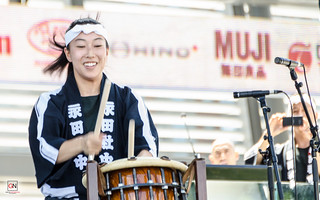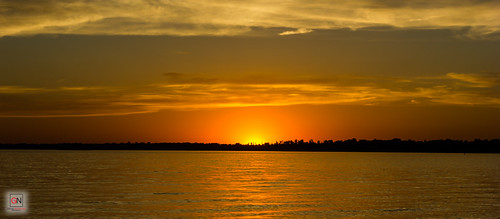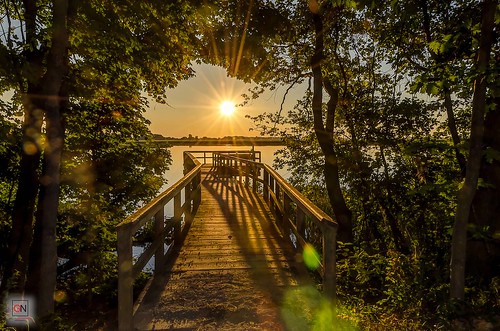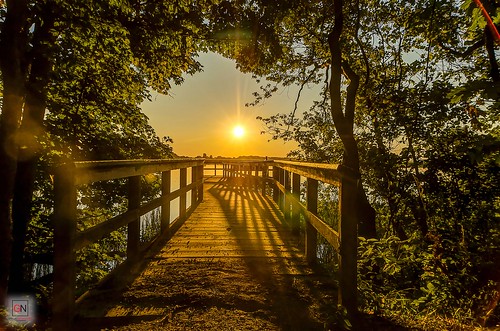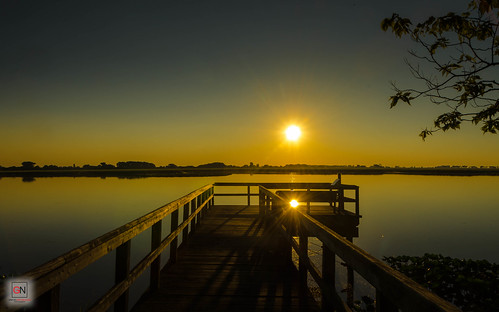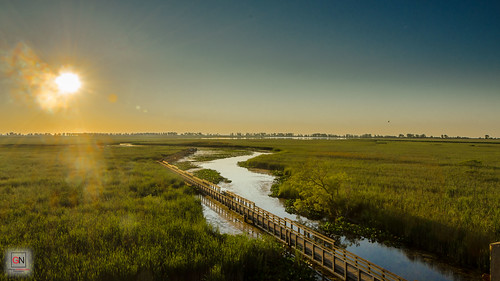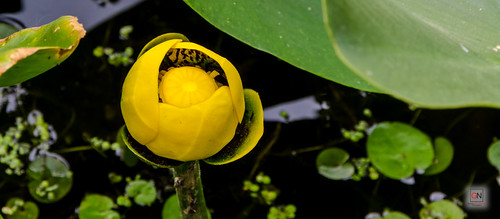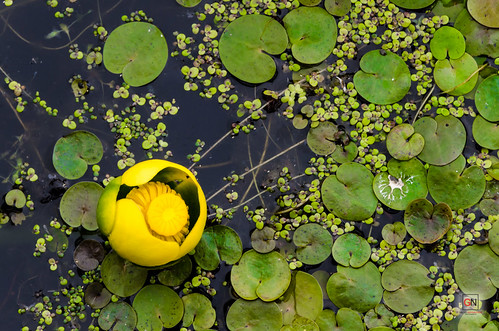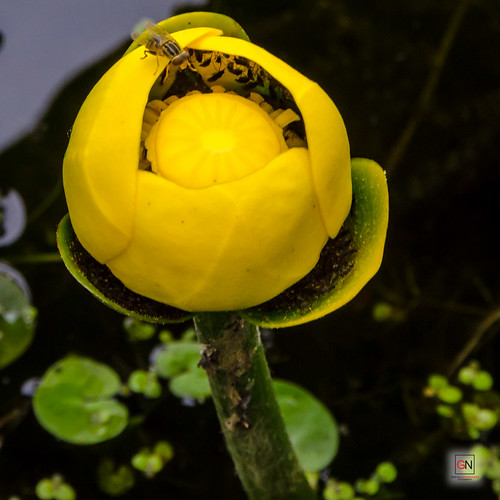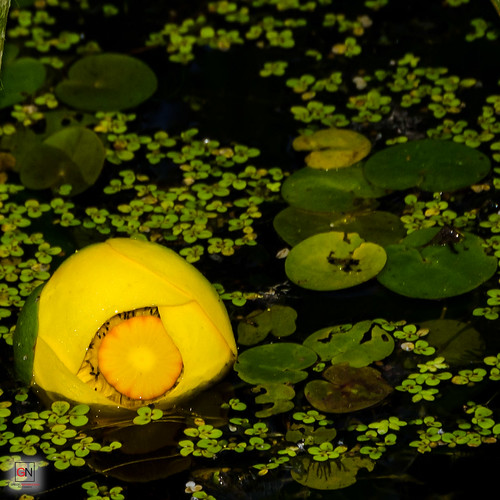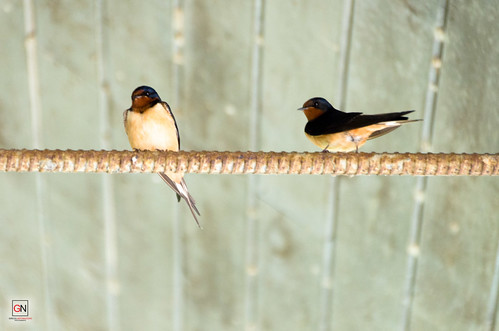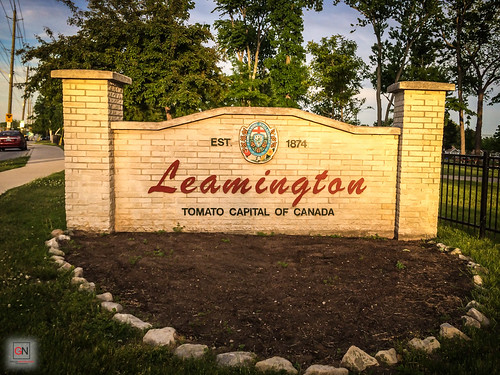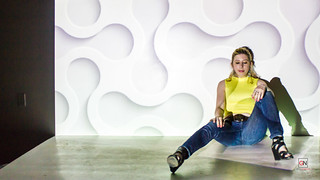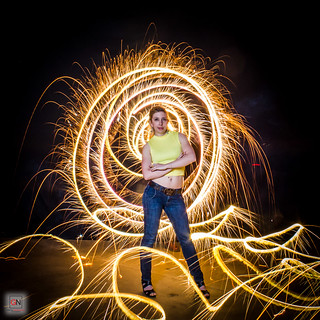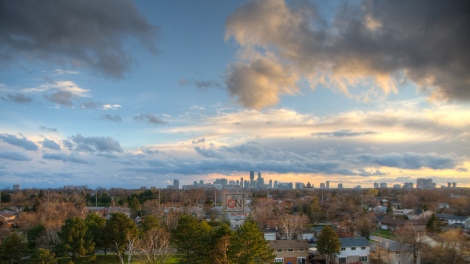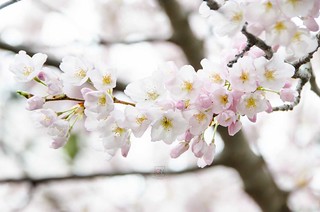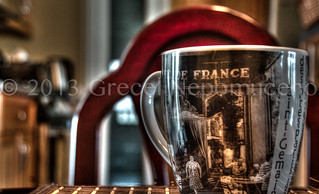What is High Dynamic Range?
While many photographers know what high dynamic range is, we shouldn’t expect everyone to know it. According to Wikipedia, high dynamic range is a set of methods used in imaging and photography to capture a greater dynamic range between the lightest and darkest areas of an image than current standard digital imaging methods or photographic methods. What this essentially means is that a camera at normal settings cannot capture the same tonal range as what the human eye can see. HDR helps to a create a greater tonal range between between highlights, shadows and midtones by first taking three or more photographs at different exposure levels (called bracketing) and then merging them into one.
Here are some tips for HDR:
• Great for portraits outdoors, landscapes, architecture/real estate, low light and backlit scenes
• Not so great if something is in motion like people and animals
• Use a tripod and a shutter cable release to avoid ghosting and misalignment
• Learn to automate bracketing on your camera; basic instructions for Nikon D7000 camera below
• Buy software that helps to merge the photos together
• Have a computer and external hard drive with a capacity to hold large amounts of images
Here are some examples of HDR photos created from bracketed photos.









In two samples above, I compare an iPhone photo with no editing and with the same photos created in HDR. Also, the last photo taken in a church shows greater detail in HDR. There is contrast between the backlit room and the dark wooden pews. Under normal circumstances, it would be difficult to balance the place out because of the highlights where sun is coming through the windows and the dark pews. Without editing, either the windows would be overexposed or the pews would be under exposed. In all instances, I used Photomatix to create HDR.
Here are the steps to creating HDR:
Prepping for HDR using a Nikon D7000
1. Press the bracketing button (below the flash button called BKT). In the settings display, change the exposure value (EV) to between 0.3 to 2.0 using the aperture dial and use the shutter dial to increase the steps to 3F.
2. Change the shooting dial from S (single) to CH for continuous burst mode.
3. When photographing, hold the camera button or shutter release cable down long enough for all three photos to be taken.
When merging in Photomatix, it will ask you to choose bracketed photos. A dialog will pop up and you can choose your options for processing which include alignment, remove ghosting (it occurs when something in motion passes through a long exposure photograph or when an object in a multiple exposure image don’t align) and reduce chromatic aberration [the inability of a lens to bring all wavelengths of light (especially red and blue) into the same plane of focus] and cropping. This is very important if you didn’t use a tripod. Unless you have very sturdy hands, any slight misalignment will show around the edges when the images are merged. After options are selected, click process. This will take time and the three images will turn into one. From here you have numerous options including sliders on the one side for editing. When complete, click process again and it will take you to the final stage for completion. This will include contrast, colour, and sharpness.
Creating HDR can be long and tiresome if you have several of them to do. I have learned to be selective but when the opportunity is there and I only have thirty seconds, I will take the photo. It is a hit and miss. When it does work, it’s definitely worth while. Below are more tips and advice from sources I’ve found.
Resources
HDR Software Review
Top 20 Best HDR Software Review 2022
How to Geek “What is HDR photography, and How Can I Use It?”
http://www.howtogeek.com/64320/htg-explains-what-is-hdr-photography-and-how-can-i-use-it/
More Tips For HDR

Faking HDR Effect
http://still-scripts.com/photoshop/faking-the-hdr-effect-using-only-one-photo-and-photoshop/
My HDR Photos
 //embedr.flickr.com/assets/client-code.js
//embedr.flickr.com/assets/client-code.js //embedr.flickr.com/assets/client-code.js
//embedr.flickr.com/assets/client-code.js //embedr.flickr.com/assets/client-code.js
//embedr.flickr.com/assets/client-code.js //embedr.flickr.com/assets/client-code.js
//embedr.flickr.com/assets/client-code.js //embedr.flickr.com/assets/client-code.js
//embedr.flickr.com/assets/client-code.js //embedr.flickr.com/assets/client-code.js
//embedr.flickr.com/assets/client-code.js //embedr.flickr.com/assets/client-code.js
//embedr.flickr.com/assets/client-code.js //embedr.flickr.com/assets/client-code.js
//embedr.flickr.com/assets/client-code.js //embedr.flickr.com/assets/client-code.js
//embedr.flickr.com/assets/client-code.js //embedr.flickr.com/assets/client-code.js
//embedr.flickr.com/assets/client-code.js //embedr.flickr.com/assets/client-code.js
//embedr.flickr.com/assets/client-code.js //embedr.flickr.com/assets/client-code.js
//embedr.flickr.com/assets/client-code.js //embedr.flickr.com/assets/client-code.js
//embedr.flickr.com/assets/client-code.js //embedr.flickr.com/assets/client-code.js
//embedr.flickr.com/assets/client-code.js




